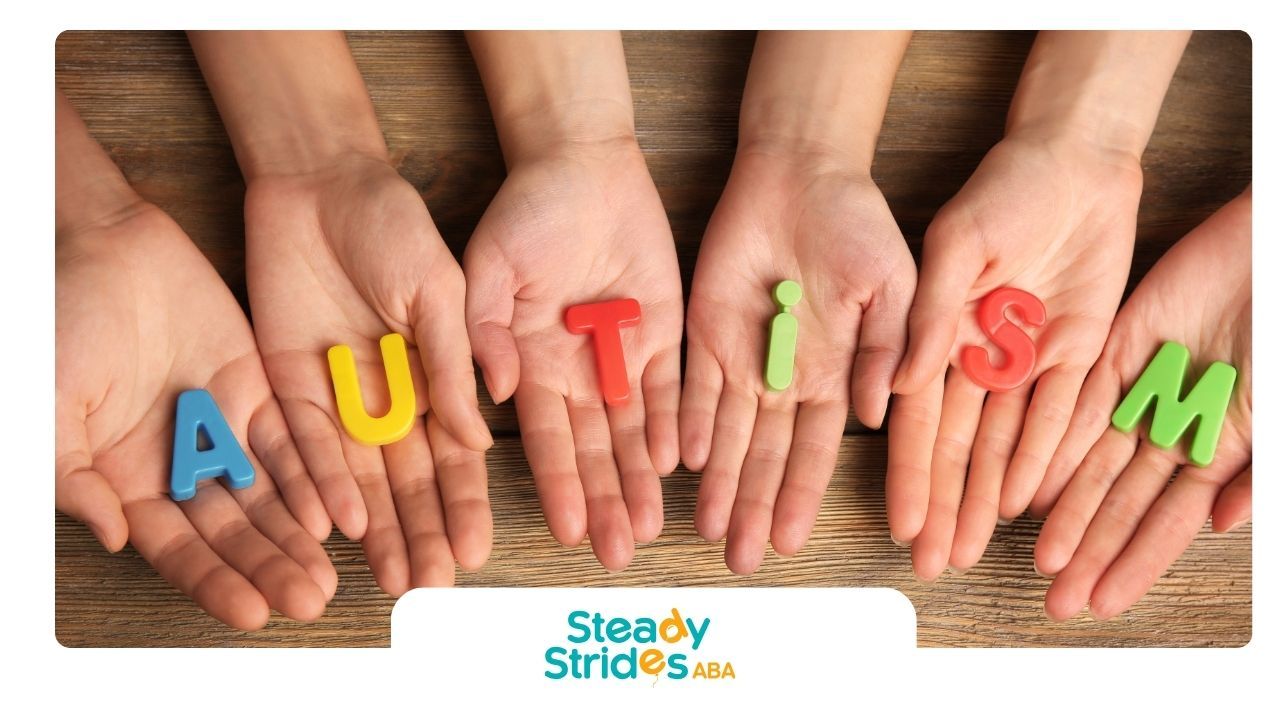Applied Behavior Analysis (ABA) therapy is widely recognized for its effectiveness in helping children with autism develop crucial life skills. One of the essential aspects of ABA is basic skills training, which provides children with the foundation they need to function independently and thrive in social, educational, and home environments. These skills span communication, social interactions, motor skills, and daily living activities.
In this article, we will explore the core areas of basic skills training in ABA, the specific techniques used, and how they benefit children with autism.
What is Basic Skills Training in ABA?
Basic skills training in ABA focuses on teaching fundamental behaviors that help children communicate, interact with others, take care of themselves, and perform everyday tasks. These skills are often the building blocks for more advanced behaviors that help children lead independent lives.
ABA therapy employs evidence-based methods such as positive reinforcement, task analysis, and modeling to teach these skills. The therapy is tailored to each child’s unique needs, ensuring that the pace and content of training match the child's current abilities and developmental level.
Why is Basic Skills Training Important?
Children with autism often face difficulties in various areas of functioning, from communicating their needs to performing basic self-care tasks. Basic skills training equips children with the foundational abilities they need to overcome these challenges.
Key Benefits of Basic Skills Training:
- Independence: Children gain the ability to perform tasks on their own, reducing reliance on caregivers.
- Improved Communication: Enhanced ability to express their needs leads to reduced frustration and better social interactions.
- Social Engagement: Learning to interact appropriately with peers and adults promotes friendships and social inclusion.
- Daily Living Skills: Mastery of self-care skills allows for more autonomy in daily life.
Core Areas of Basic Skills Training
1. Communication Skills
Communication is a common area of difficulty for children with autism, which makes it a primary target in ABA therapy. ABA focuses on teaching children how to express their needs, understand others, and engage in conversations.
Key Communication Skills Taught in ABA:
- Non-verbal Communication: Understanding gestures, body language, and facial expressions.
- Verbal Communication: Learning how to form words, sentences, and ask for what they need.
- Receptive Language: Understanding and following instructions.
ABA uses techniques like Verbal Behavior Therapy to help children develop language skills. The therapy focuses on teaching children the function of language, such as asking for items (manding), labeling objects (tacting), and responding to questions.
2. Social Skills Development
Social skills training is another important component of ABA. Children are taught how to interact with peers, share, take turns, and respond to social cues like eye contact and facial expressions.
Essential Social Skills:
- Turn-taking and Sharing: Promoting patience and reciprocity during social interactions.
- Eye Contact: Encouraging children to maintain eye contact while communicating.
- Interpreting Social Cues: Understanding non-verbal signals like facial expressions and body language.
ABA therapists often use role-playing and Social Stories to help children practice social situations. These strategies prepare children for real-world interactions and help build meaningful relationships.
3. Self-Help and Daily Living Skills
Many children with autism struggle with everyday self-care tasks, such as dressing, eating, and personal hygiene. ABA therapy helps children become more independent by teaching them how to perform these tasks on their own.
Self-Help Skills Taught in ABA:
- Dressing and Undressing: Teaching step-by-step methods to help children put on clothes, button shirts, and tie shoelaces.
- Toileting: Potty training and personal hygiene are broken down into manageable steps.
- Feeding: Teaching the child how to use utensils and eat independently.
ABA uses Task Analysis to break down these activities into small steps. For example, brushing teeth may be divided into picking up the toothbrush, applying toothpaste, and brushing each quadrant of the mouth.
4. Motor Skills Development
Motor skills, both gross and fine, are essential for daily functioning. ABA therapy helps children improve their motor coordination, balance, and control, which are necessary for tasks like writing, playing, and using tools.
Gross and Fine Motor Skills:
- Gross Motor Skills: Activities like running, jumping, and climbing.
- Fine Motor Skills: Tasks like drawing, writing, and manipulating small objects.
Therapists use physical exercises, games, and activities to help children improve their motor skills. For example, children may be asked to catch a ball to work on hand-eye coordination or complete puzzles to enhance fine motor skills.
5. Cognitive Skills and Problem-Solving
ABA therapy also focuses on teaching children cognitive skills, such as problem-solving, following directions, and improving attention. These skills are crucial for academic success and for navigating everyday challenges.
Key Cognitive Skills Taught:
- Matching and Sorting: Teaching children to recognize similarities and differences between objects.
- Following Multi-step Directions: Learning to complete tasks that involve several steps.
- Problem-solving: Encouraging children to find solutions to obstacles or tasks.
ABA therapists use strategies like Errorless Learning, where the child is prompted to ensure they make correct choices, and Positive Reinforcement to reward successful completion of tasks.
Techniques Used in ABA to Teach Basic Skills
ABA therapists use a range of techniques to teach basic skills to children. These techniques are designed to break down complex tasks into smaller, more manageable steps and ensure the child is learning at their own pace.
1. Discrete Trial Training (DTT)
DTT is a structured ABA technique where skills are taught in small, incremental trials. Each trial consists of an instruction, a response, and a consequence. For example, the therapist may ask the child to point to a picture of an apple, and if the child responds correctly, they receive praise or a reward.
2. Natural Environment Teaching (NET)
In natural environment teaching, skills are taught in the child’s natural environment, making it easier for them to generalize what they learn in therapy to real-life situations. For instance, if a child is learning to ask for food, they might practice this skill during snack time at home.
3. Pivotal Response Treatment (PRT)
PRT is a play-based technique that targets pivotal areas of a child’s development, such as motivation and response to multiple cues. By focusing on these key areas, PRT aims to produce wide-reaching improvements in communication, social skills, and behavior.
How Long Does it Take to Develop Basic Skills in ABA?
Every child’s progress in ABA therapy is unique. The time it takes to master basic skills depends on factors such as the child’s age, developmental level, and the intensity of therapy. Typically, children show improvement in some areas within weeks, but more significant progress may take several months or longer.
Conclusion
Basic skills training in ABA forms the foundation for a child’s long-term success. By focusing on communication, social skills, self-help abilities, motor skills, and cognitive development, ABA helps children with autism develop the tools they need to navigate their world more confidently.
At Steady Strides, we offer both center-based and in-home ABA therapy services in Texas, designed to help children build these basic skills and more. Our individualized programs cater to each child’s unique needs, ensuring they develop the foundational abilities necessary for independence and growth. Contact us today to learn more about how we can support your child’s journey.
FAQs
What basic skills are taught in ABA therapy?
ABA therapy teaches foundational skills like communication, social skills, self-care, motor skills, and cognitive abilities.
How does ABA help with communication skills?
ABA uses techniques like Discrete Trial Training (DTT) and Verbal Behavior Therapy to teach children how to express their needs and engage in conversations. Children are taught both verbal and non-verbal communication skills, helping them understand and respond to social cues, express themselves more clearly, and reduce frustration.
What are self-help skills in ABA therapy?
Self-help skills refer to daily living activities such as dressing, grooming, toileting, and feeding. ABA therapy uses task analysis to break these tasks into smaller steps and teaches children how to perform each step independently, promoting autonomy in everyday life.













